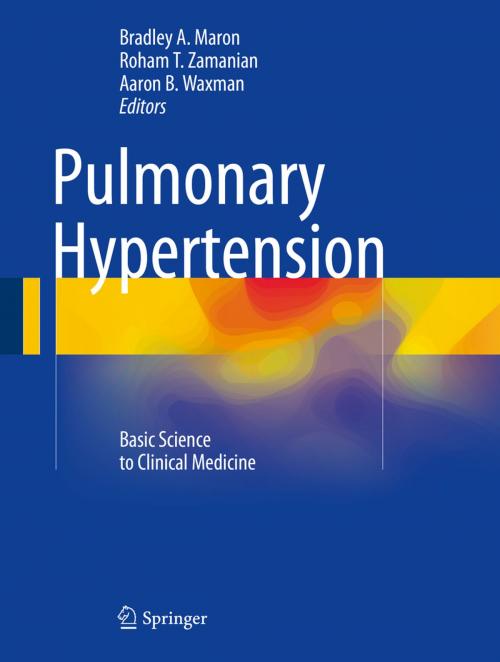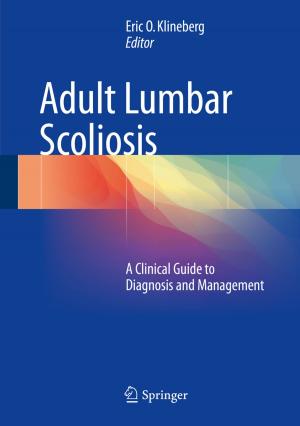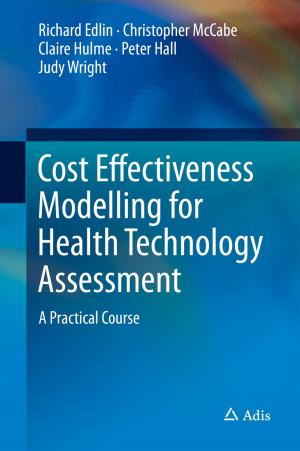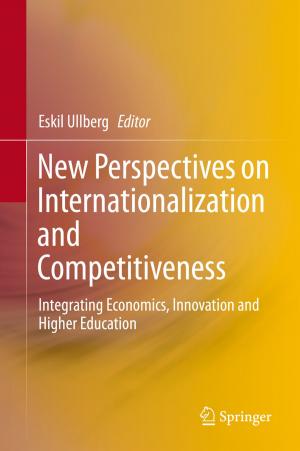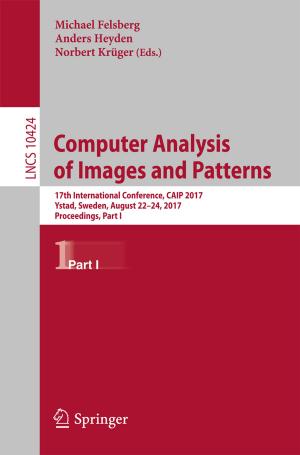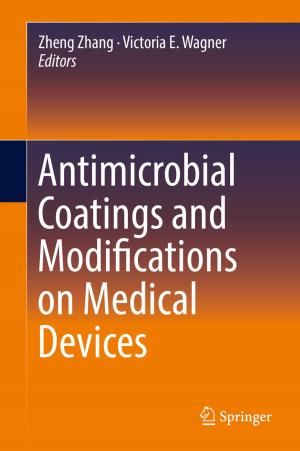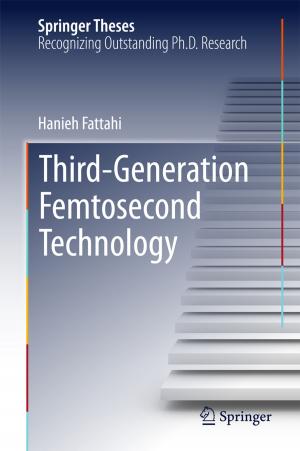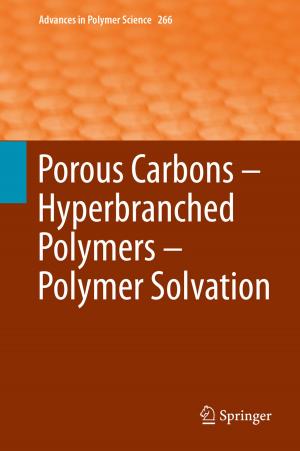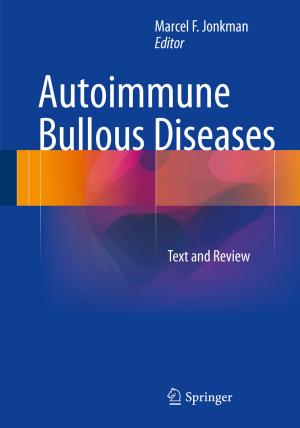Pulmonary Hypertension
Basic Science to Clinical Medicine
Nonfiction, Health & Well Being, Medical, Specialties, Pulmonary & Thoracic, Internal Medicine, Cardiology| Author: | ISBN: | 9783319235943 | |
| Publisher: | Springer International Publishing | Publication: | November 2, 2015 |
| Imprint: | Springer | Language: | English |
| Author: | |
| ISBN: | 9783319235943 |
| Publisher: | Springer International Publishing |
| Publication: | November 2, 2015 |
| Imprint: | Springer |
| Language: | English |
This book provides the framework for a singular reference in the field of pulmonary hypertension. Pulmonary vascular disease is a complex and heterogeneous condition characterized by remodeling of distal pulmonary arterioles that increases pulmonary vascular resistance to affect cardiopulmonary hemodynamic and right ventricular function adversely, resulting in a clinical syndrome of diminished exercise tolerance, shortness of breath, and heart failure-associated morbidity and mortality. Owing to the availability of novel pulmonary circulation-selective pharmacotherapies over the previous decade, the number of pulmonary hypertension patients eligible for treatment has increased substantially. Despite this progress, under-awareness persists within the practicing pulmonary, cardiovascular, and general internal medicine communities. This is due, in part, to the complex array of molecular mechanisms implicated in the pathobiology of PH, as well as cutting-edge discoveries from translational scientific works that provide a new framework by which to understand pulmonary vascular-right ventricular coupling. Taken together, a key educational opportunity is exposed to bridge this knowledge gap through the synthesis of a contemporary text that emphasizes basic science, translational and clinical principles, and treatment strategies for understanding pulmonary hypertension.
This book provides the framework for a singular reference in the field of pulmonary hypertension. Pulmonary vascular disease is a complex and heterogeneous condition characterized by remodeling of distal pulmonary arterioles that increases pulmonary vascular resistance to affect cardiopulmonary hemodynamic and right ventricular function adversely, resulting in a clinical syndrome of diminished exercise tolerance, shortness of breath, and heart failure-associated morbidity and mortality. Owing to the availability of novel pulmonary circulation-selective pharmacotherapies over the previous decade, the number of pulmonary hypertension patients eligible for treatment has increased substantially. Despite this progress, under-awareness persists within the practicing pulmonary, cardiovascular, and general internal medicine communities. This is due, in part, to the complex array of molecular mechanisms implicated in the pathobiology of PH, as well as cutting-edge discoveries from translational scientific works that provide a new framework by which to understand pulmonary vascular-right ventricular coupling. Taken together, a key educational opportunity is exposed to bridge this knowledge gap through the synthesis of a contemporary text that emphasizes basic science, translational and clinical principles, and treatment strategies for understanding pulmonary hypertension.
